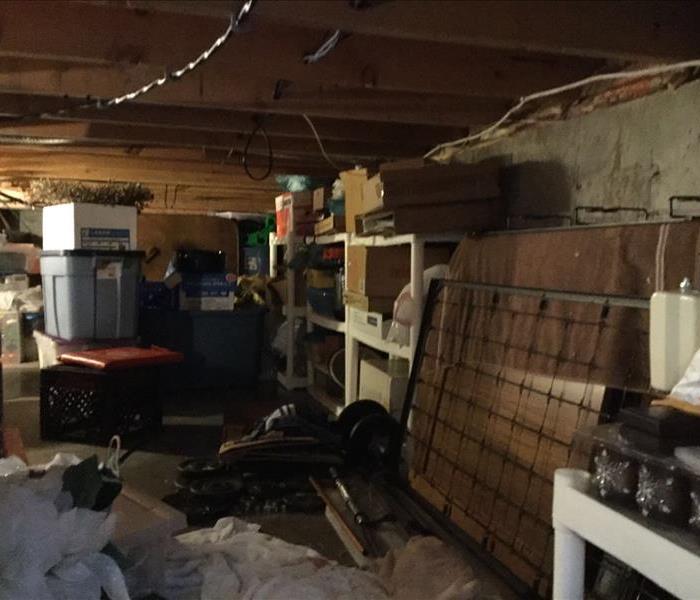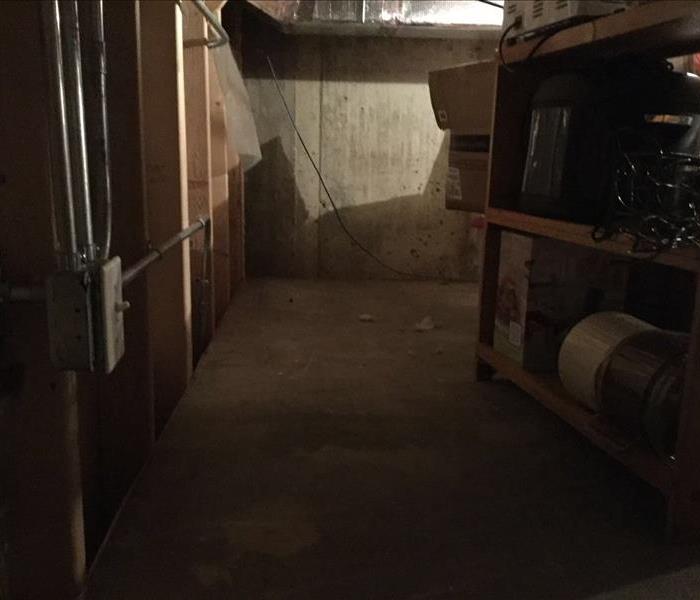
Step 4: Drying and Dehumidification
Our Water Damage Restoration Process
After the excess water has been removed, we move on to Step 4. Step 4 entails Drying and Dehumidifying the water damage. Even though the floors and walls may be seemingly dry, they may still contain moisture. Porous materials retain water. Unfortunately, almost all the materials that make up your property are porous- like drywall, wood, and other flooring materials. Water that remains in these materials can cause them to warp or break down. Even worse, retained water can cause mold damage. The use of our drying equipment helps to prevent any additional damage and speed up the drying process.
Drying / Dehumidification
Our Professionals will use room measurements, temperature, and relative humidity to determine the optimal number of air movers and dehumidifiers to dry your home or business. We’ll carefully monitor the progress using moisture meters until the materials return to acceptable drying goals.
- Use Dehumidification Equipment
- Use Monitoring Equipment to Track Progress
Monitor Floor and Walls
We check the moisture levels to monitor the drying process.
- Monitor Floors
- Monitor Walls
Drying Equipment
- Industrial-grade dehumidifiers help prevent secondary water damage like swelling and warping of floors, walls, and furniture.
- High-speed air movers create airflow across walls, carpets, pads, and furniture, which accelerates the evaporation of moisture.




 24/7 Emergency Service
24/7 Emergency Service


